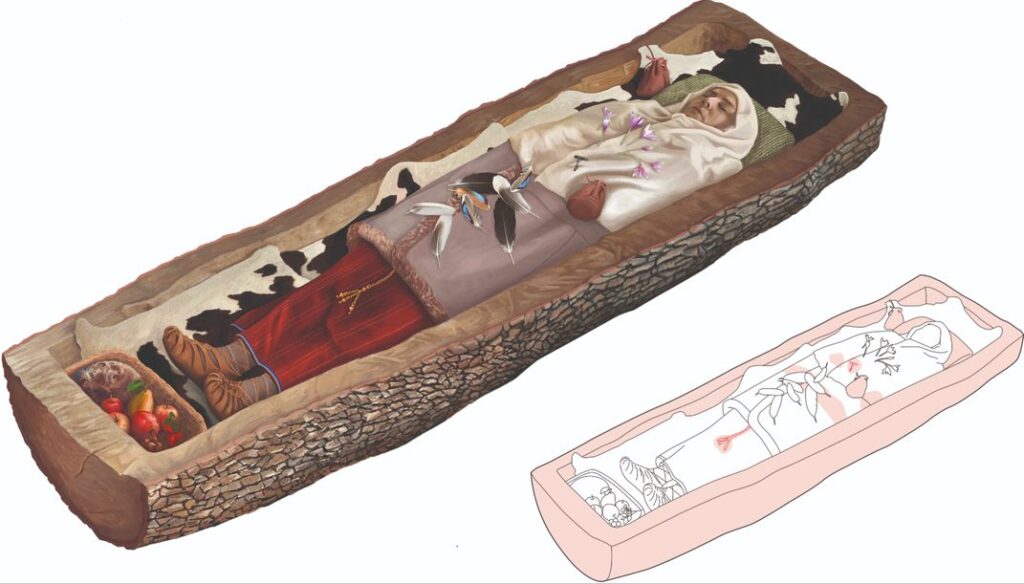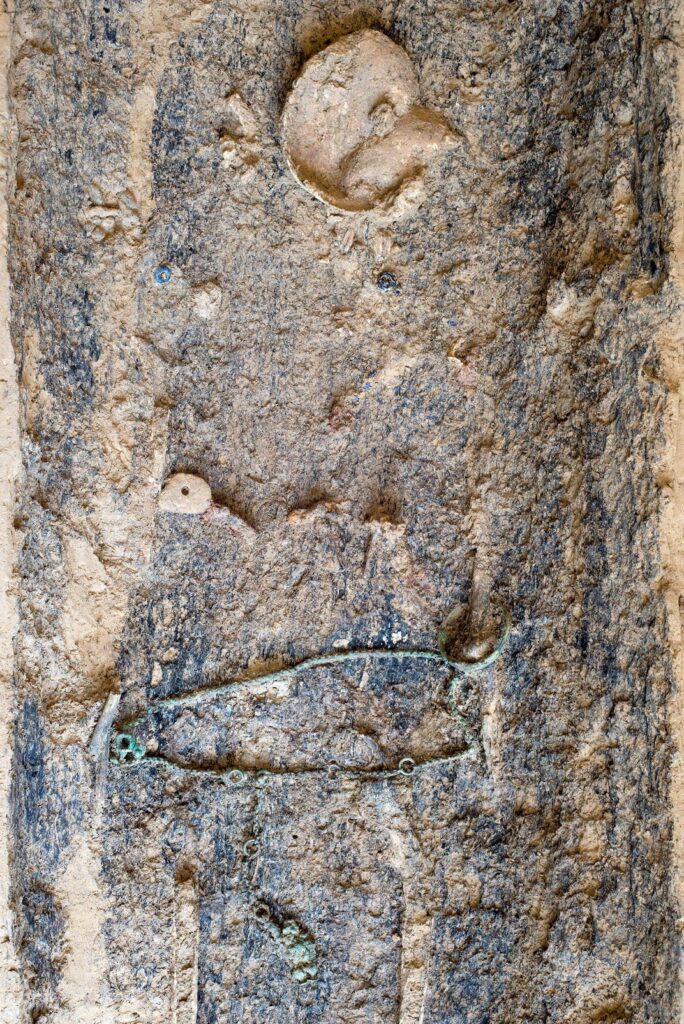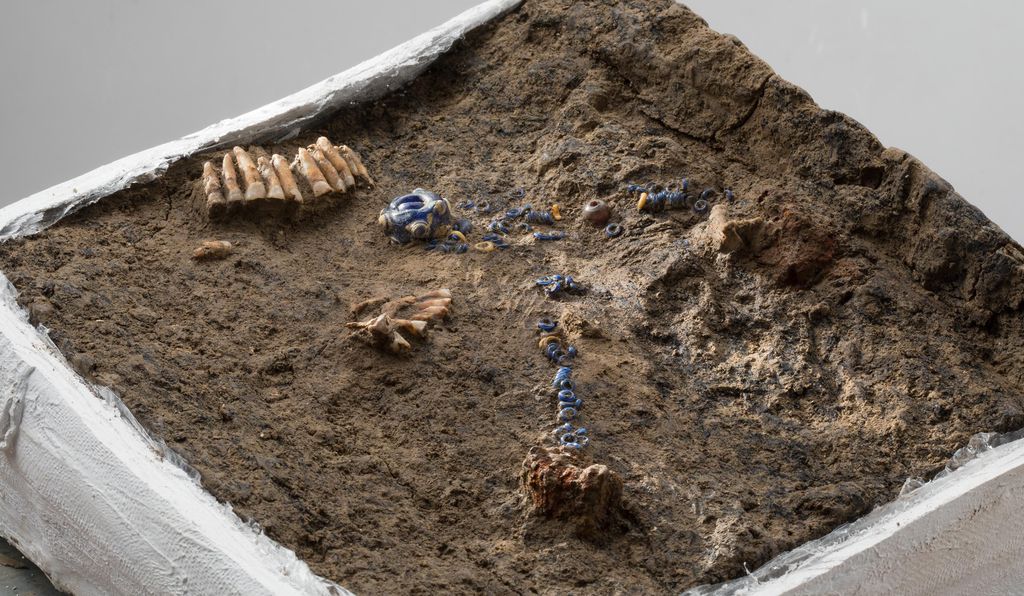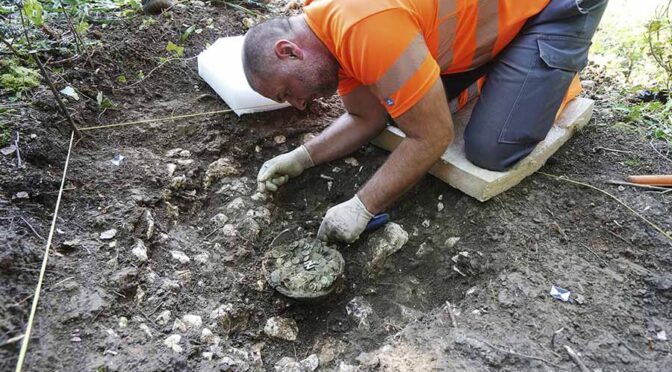Ancient Celtic Woman in Fancy Clothes Buried in a Hollow Tree Trunk
A Celtic woman buried in a tree trunk has excited archaeologists for a while now. Hundreds of years ago, people were buried in a number of ways, some commonplace and some downright lavish.
The Egyptians in ancient times buried their important folks by first mummifying the body, then encasing them in bronze or gold tombs. This technique, highly advanced for the times, ensured that bodies remained well preserved and endured for many centuries.
The ancient Incas used mummification as well, and used the remains in many “living” rituals, including marriage ceremonies. The mummies served as a kind of conduit to the gods that helped counsel and guide the living.
But inside a tree trunk? That’s odd and unique even by the standards of many cultures’ burial rites of centuries ago. And that’s the reason, at least in part, that a 2017 discovery near Zurich, Switzerland is so significant to archaeologists and historians.

Two years ago, a group of workers inadvertently found what they thought, at first, to be just an old, buried tree. But when experts were called to the scene, they discovered a well-preserved, approximately 40-year-old woman adorned with a lot of valuable jewelry, including bracelets and several colorful necklaces.
Experts in Switzerland on the dig say she is approximately 2,200 years old, dating her to the Iron Age – another reason the remains are so important to historians and archaeologists.

There were telltale signs that she was probably a woman of means, a woman who did little physical work and led a comfortable life. Her hands betrayed virtually no signs of wear and tear, and the remains indicate she ate a diet of carbohydrates and many sweet foods – another sign that she was likely a member of a higher class who rarely, if ever, missed a meal. They found her buried within a tree trunk that, remarkably, still had some bark on it more than 2,000 years after the burial.

The workers were on a project digging near the Kern school complex, located in the Aussersihl area of Zurich. Earlier finds there date to the 6th century A.D., but none have been as old as the woman found two years ago, another reason she is so vital to historians and researchers.
Experts said she was found clad in a sheepskin coat and a well-crafted, sheep’s wool shawl, all further clues to her life of ease. Her bracelets are bronze, and the necklaces had vibrantly coloured glass stones; she also wore a bronze chain adorned with several pendants.

A discovery close to the woman, made in 1903, is the grave site of a Celtic male, and experts say he was also someone of import and high standing. Researchers said that, because of the sites’ close proximity, the two may have, in fact, been acquaintances, or something more.
Zurich’s Department For Urban Development released a statement that said it is “quite possible” that these ancient individuals did know one another.













